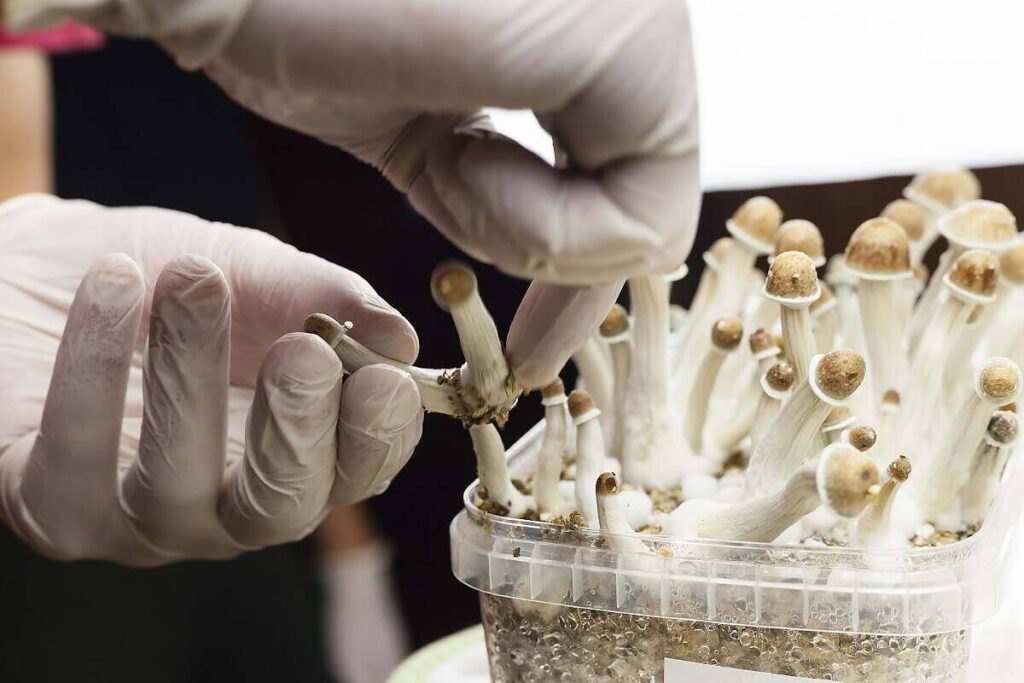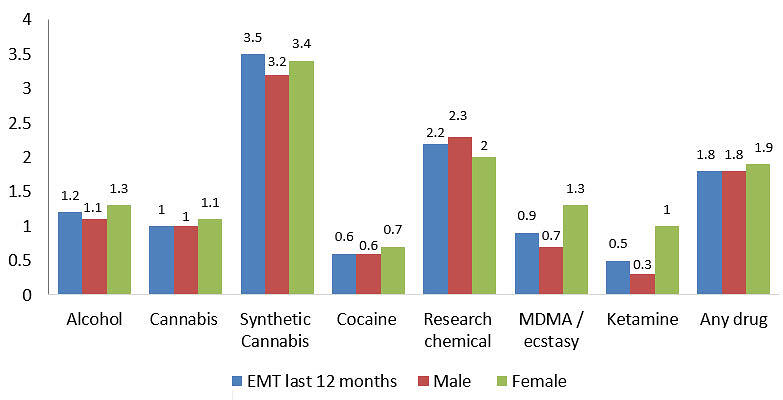A K-Hole is a term used to describe the state of acute intoxication a person experiences when they take too much ketamine.
Ketamine includes nitrous oxide and phencyclidine (PCP), these drugs separate perception from sensation.
When taken in small doses recreationally, ketamine produces a floaty, euphoric feeling and provides effective pain relief.
When a person takes a large dose of ketamine, the drugs dissociative properties induce a trance-like state of detachment.
Some people enjoy the effects produced as they feel they melt into their surroundings. Others find the experience terrifying and feel traumatised as a result.
What falling into a K-Hole feels like
A person experiencing the effects of a K-Hole will literally feel like they have fallen into a hole where they can only peer out at the outside world, watching as an observer but not being able to interact. They may also experience full-body paralysis as part of K-Hole effects.
At the same time, a ketamine K-Hole distorts the perception of time, objects and sounds, often causing disorientation, nausea and confusion.
The dissociative effects can mean that a person can think about moving a limb, see that limb move, but feel detached as if it is not part of them.
Some people describe the effects like a feeling of leaving their physical body and the world behind them, likening it to an ‘out of body experience’
The effects of a K-Hole
There is no telling how a person will react or feel when they take too much ketamine and fall into a K-Hole. The effects can be influenced by a person’s mood at the time of taking the drug, their surroundings, the dosage and whether they mix ketamine with alcohol or other drugs.
Effects include:
- Full body paralysis
- Vivid auditory and visual hallucinations
- Detachment from the physical body
- Feeling of floating
- Physical numbness
- Confusion
- Extreme fear
- Feeling out of control
- Altered perception of time, space, colours, pain, sound & touch
A person experiencing the effects of a K-Hole will often feel trapped as they experience full-body paralysis due to the drug dissociating the brain from the physical body.
Sources
https://www.healthline.com/health/nitrous-oxide-side-effects
https://journals.sagepub.com/doi/10.1177/0897190014525754


